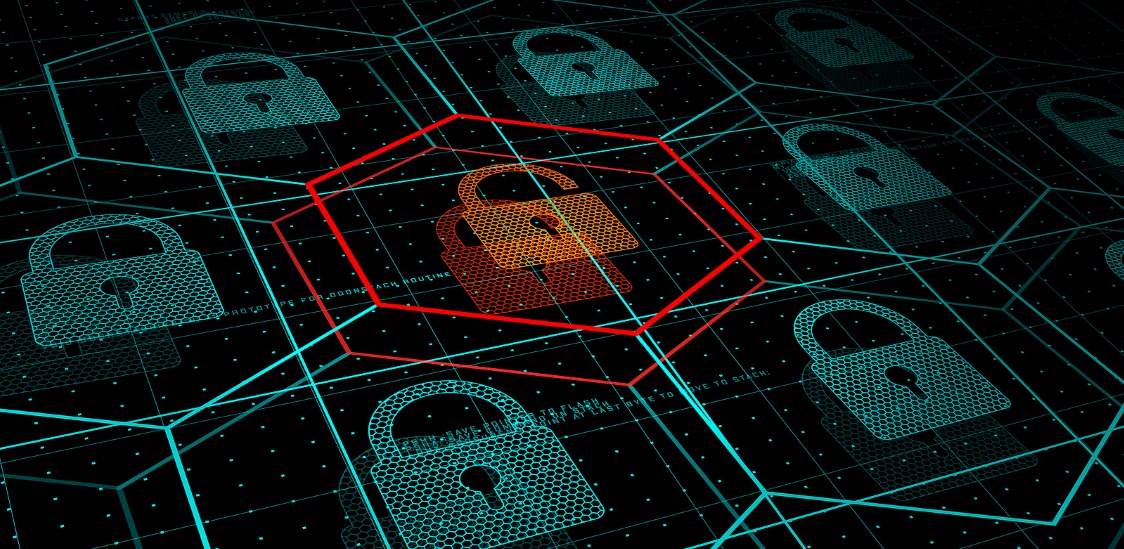In 2024, the telecom industry will continue to undergo transformations, influenced by factors such as the development of new business cases, adoption of new technologies and the continuing pressure by big tech and hyperscalers. This presents a range of challenges: developing business strategically, generating immediate revenue, mitigating potential risks, and addressing cybersecurity risks, which are not the least significant. In this article, I aim to dig into five trends that I observe as significant in shaping the cybersecurity posture in the telecom sector:
#1: The Illusion of Security in Theory vs. Reality: examining Mobile Networks
The telecom sector often reassures us with terms like 'secure by design' and compliance with standards, providing a sense of security. However, a closer examination reveals a substantial gap between theoretical security frameworks and their practical implementation, particularly in 5G and LTE technologies. While standards like 3GPP suggest the implementation of security measures such as IPsec in LTE networks, real-world deployments often fall short, leaving data streams vulnerable. Similarly, instances of designed-protection failures, despite appropriate standardization, point to systemic vulnerabilities within our mobile networks. These cases highlight the necessity of not just designing secure systems but rigorously verifying and assessing their effectiveness in the field. Such vigilance is crucial in ensuring that the theoretical promises of security translate into practical, robust defenses.
#2: Interconnectivity & Cybersecurity in the Global Telecom Landscape
The increasing interconnectivity, infrastructure sharing, and roaming in telecom networks introduce a range of complex cybersecurity challenges. Models like Neutral Host Networks and initiatives like Starlink's Direct to Cell are reshaping connectivity, each with its own set of cybersecurity implications. A critical incident like the LightBasin hacking group's operation against telecommunications operators illustrates the heightened risks in this interconnected environment. This interconnectedness amplifies the potential damage from cyberattacks, making it imperative to evaluate existing standards and best practices critically. A more comprehensive, cross-domain approach to cybersecurity is necessary to address the evolving landscape effectively.
#3: The Role of Telecom-Specific Threat Intelligence
In the face of sophisticated cyber threats, Telecom Threat Intelligence (TI) is becoming increasingly important. TI in the telecom sector includes information about potential threats, methods used by cyber attackers, and predictions about future cyber threats. This specialized intelligence is crucial for understanding and combating the unique threats faced by the telecom sector, which plays a critical role in global communication. Resources like MITRE FiGHT, and initiatives by organizations such as ENISA and GSMA, offer valuable insights into telecom-specific threats. Effectively utilizing this intelligence requires constant analysis of threats, updating of security systems, adjustment of policies, training of teams, planning for incidents, and continuous monitoring. Integrating telecom TI into daily security operations is vital, transforming information into actionable and threat-informed defense strategies.
#4: Cybersecurity in LTE/5G: A Call for Smart Prioritization
The complexity of LTE/5G infrastructures, including NFVi, eSIM, VoLTE, and various partner services, presents a broadening cybersecurity threat landscape. Addressing these challenges requires not just implementing security measures but doing so with smart prioritization and efficiency. Defining and measuring security effectiveness in such a dynamic environment is challenging, yet essential for practical and impactful security outcomes. Progress in this area, though gradual, is crucial for achieving clear, measurable, and practical cybersecurity approaches in the telecom industry.
#5: Human Intelligence at the Core of Telecom Cybersecurity
In the complex landscape of telecom cybersecurity, while technology is a critical tool, the real strength lies in human intelligence. The effectiveness of cybersecurity strategies largely depends on the skill, insight, and adaptability of the Security teams, along with the broader organizational culture of security.
The combination of human intelligence with technological tools forms the backbone of effective cybersecurity in telecom. Technology offers the means for detection and response, but it's the human element that provides the strategic direction and decision-making. This integration demands an in-depth understanding of the cybersecurity environment, including evolving threats, regulatory requirements, and the potential impact of cyber incidents on business operations.
The true fortification of cybersecurity in the telecom sector lies in a harmonious blend of human intelligence and technology. Skilled, knowledgeable, and adaptable Security teams, underpinned by a culture that prioritizes security, are indispensable in creating resilient defenses against cyber threats.
Summary
The industry is tasked with a critical challenge: to strike a balance between embracing cutting-edge innovation and ensuring robust protection of its digital infrastructure against emerging threats. This era demands a dynamic and adaptable approach to cybersecurity, one that evolves in tandem with the rapidly changing technology landscape. Continuous innovation in security measures is not just a requirement but a necessity to stay ahead of sophisticated cyber threats. The industry must be vigilant, constantly monitoring for new threats and vulnerabilities, and ready to respond with agility. This vigilance extends beyond mere technology; it requires a deep understanding of threat patterns, regulatory changes, and the potential impact of cyber incidents on business operations and customer trust.
While the integration of advanced technologies such as artificial intelligence, machine learning, and blockchain into cybersecurity offers promising avenues for enhanced protection and efficiency. The human aspect remains pivotal; nurturing skilled cybersecurity professionals and fostering a culture of security within organizations is crucial. The synergy of human intelligence, robust processes, and technology forms the backbone of effective cybersecurity in the telecom sector.
In this journey, the ultimate goal is clear: to safeguard the integrity and reliability of telecom networks, ensuring they remain secure, resilient, and trustworthy in our digital era.




















